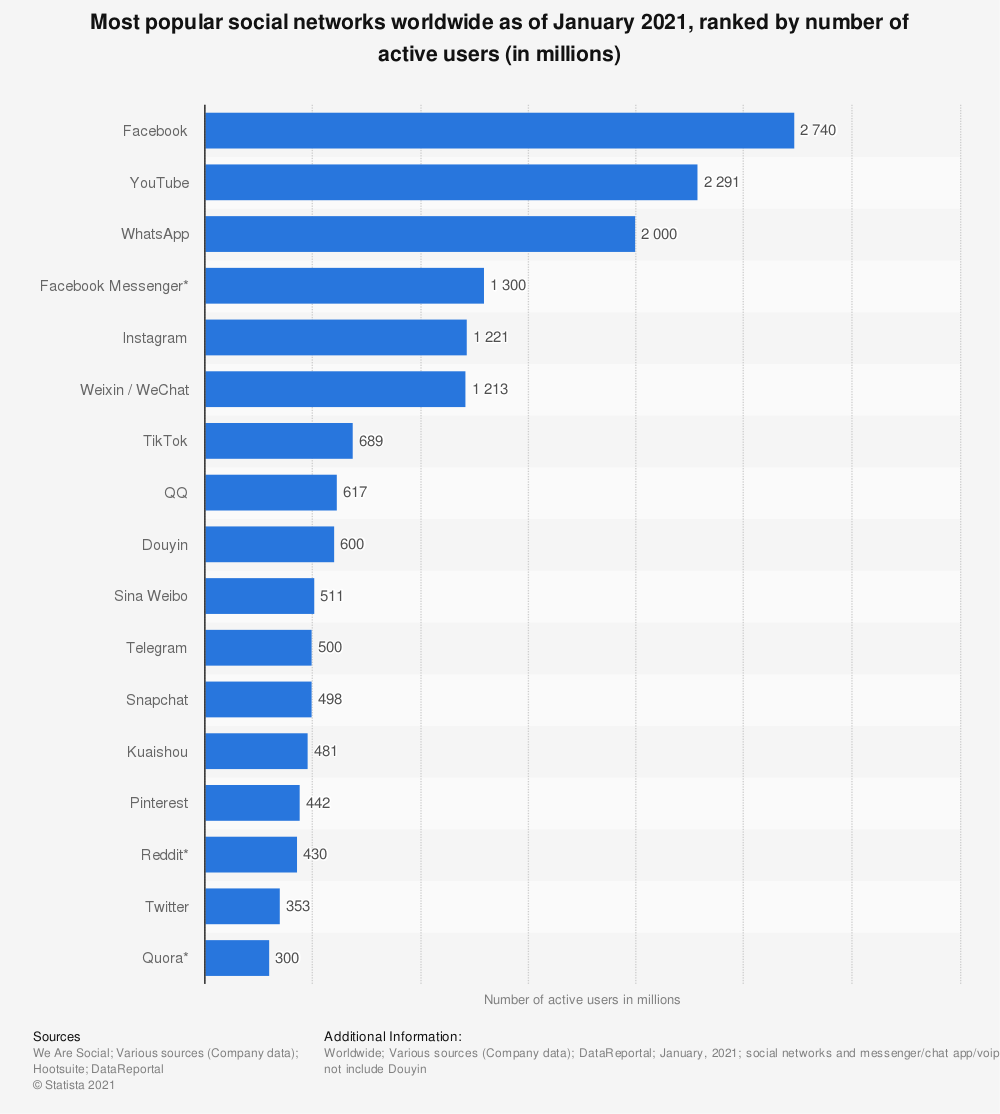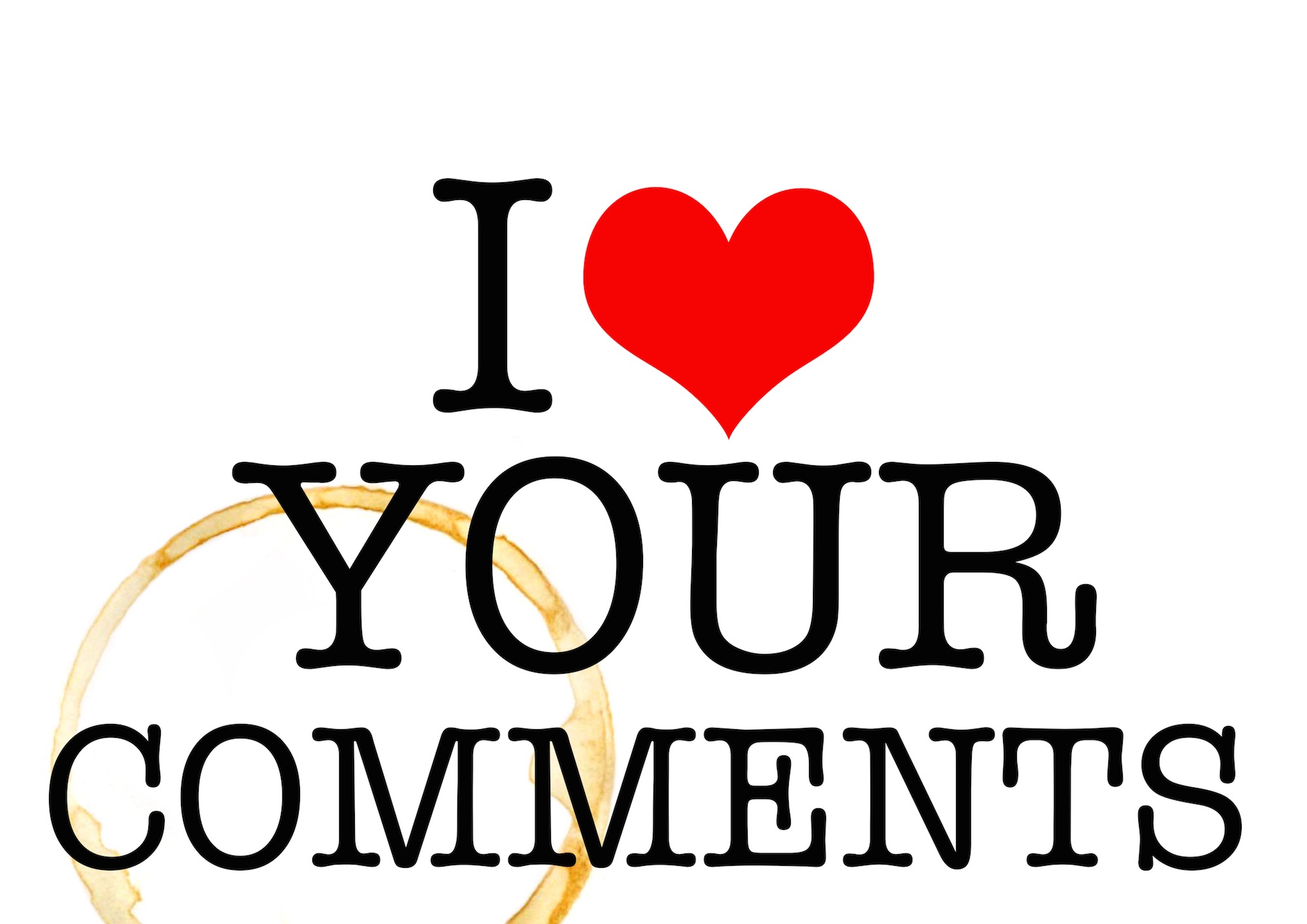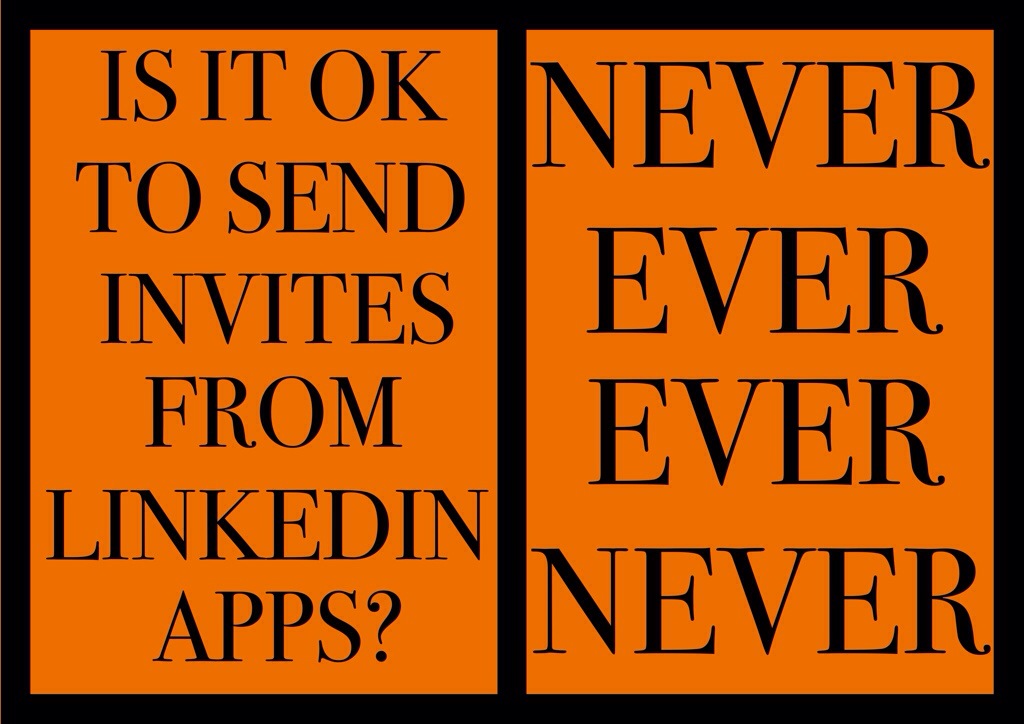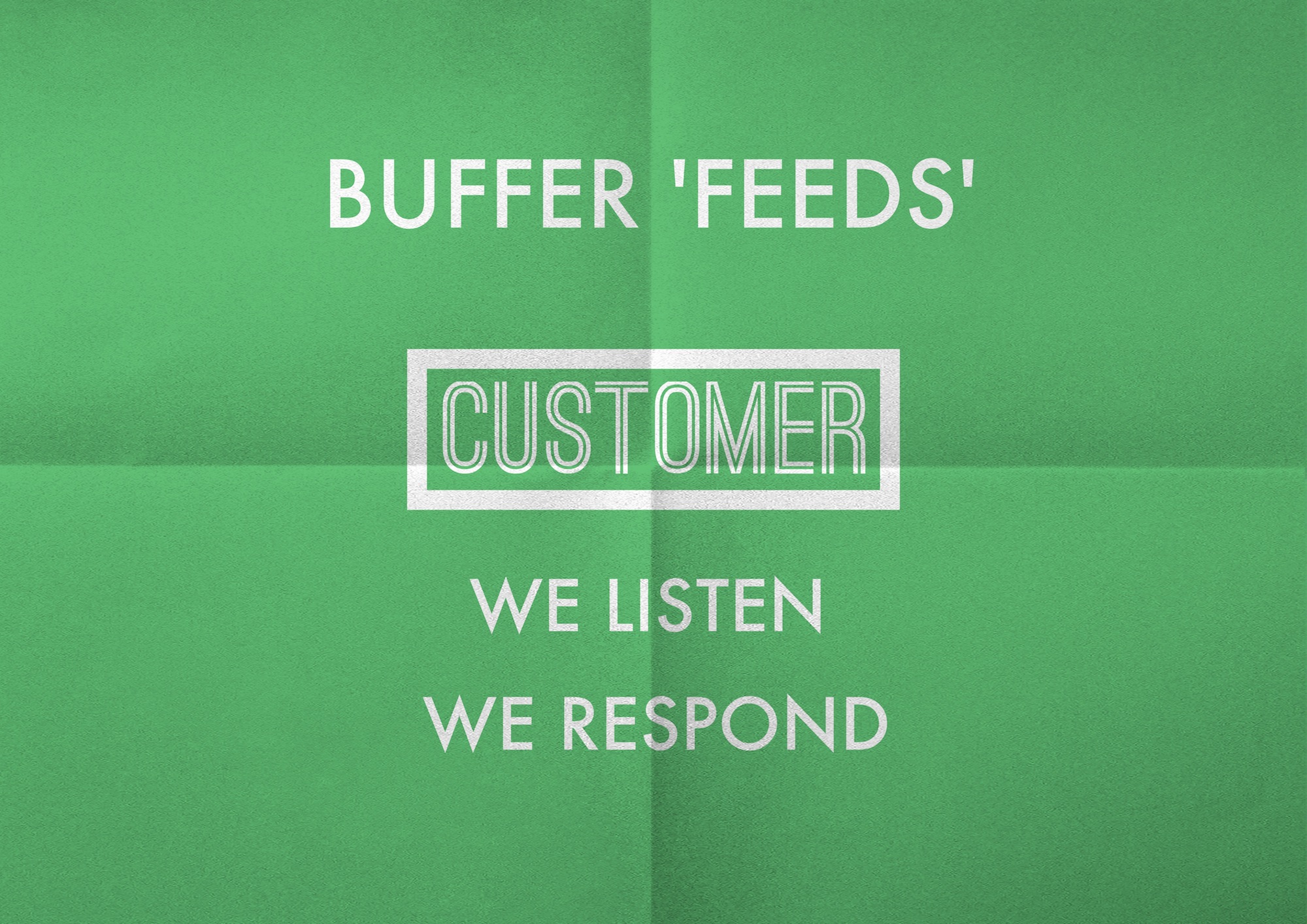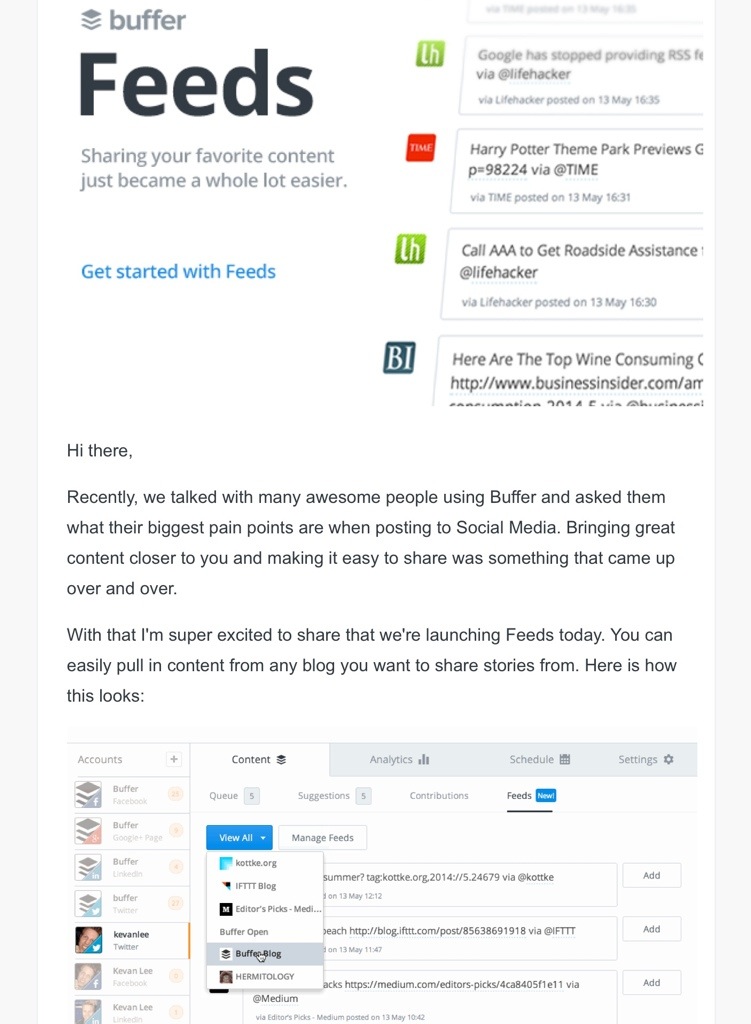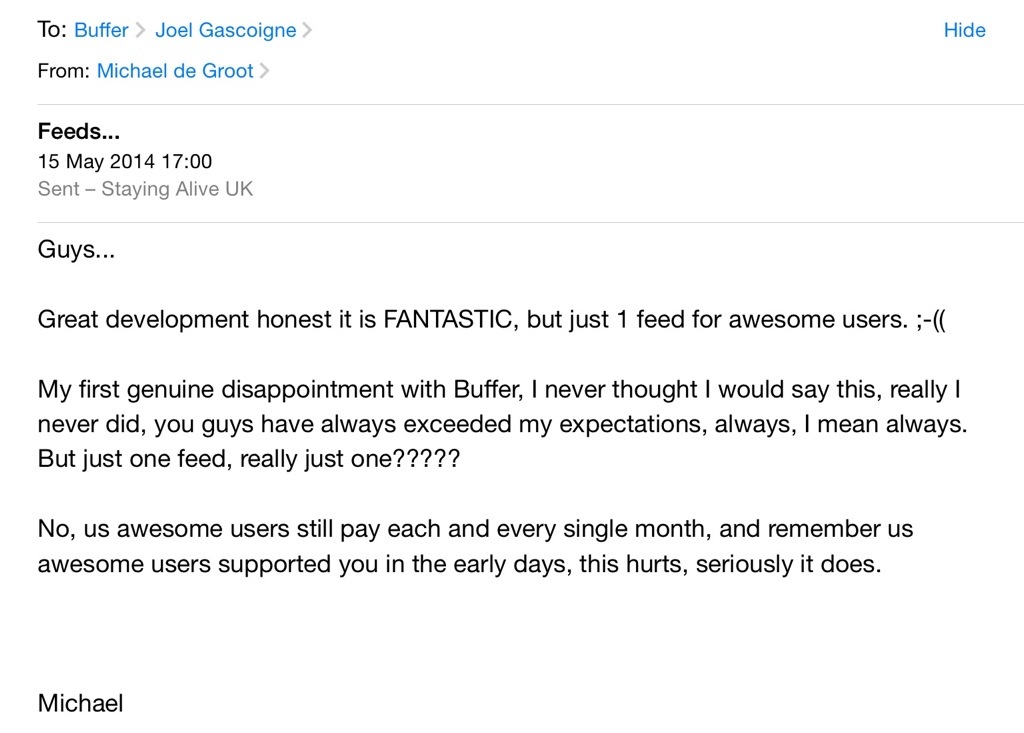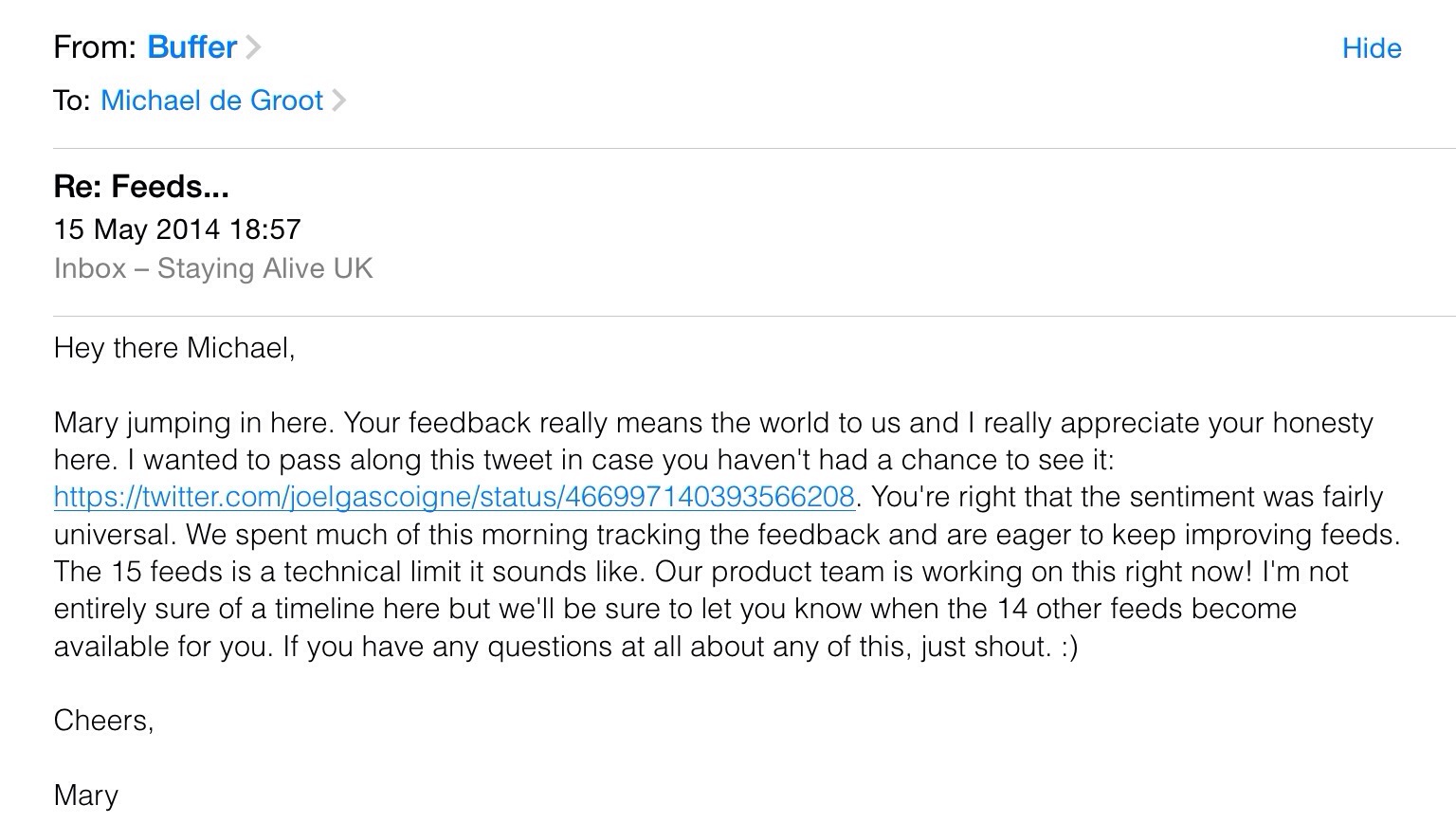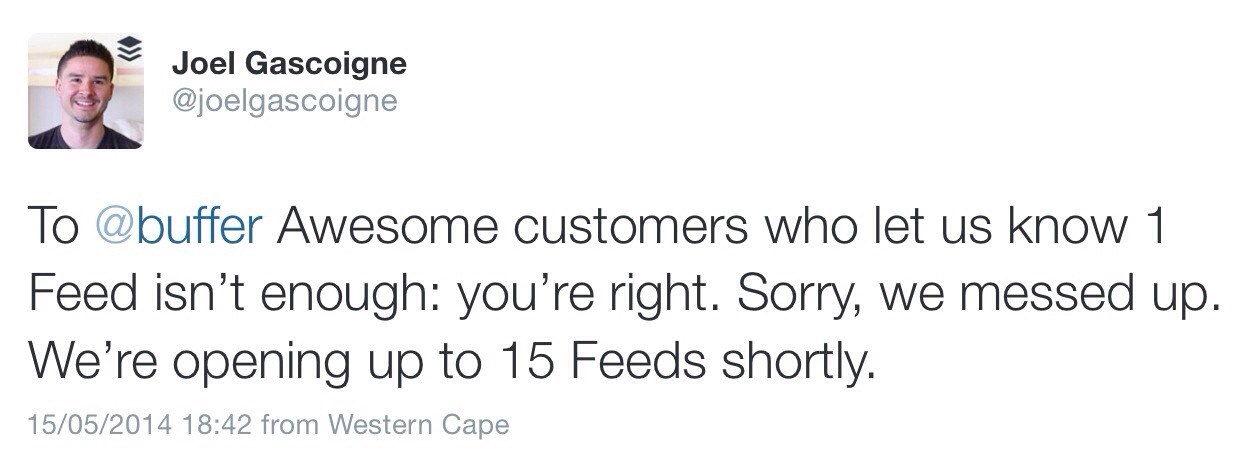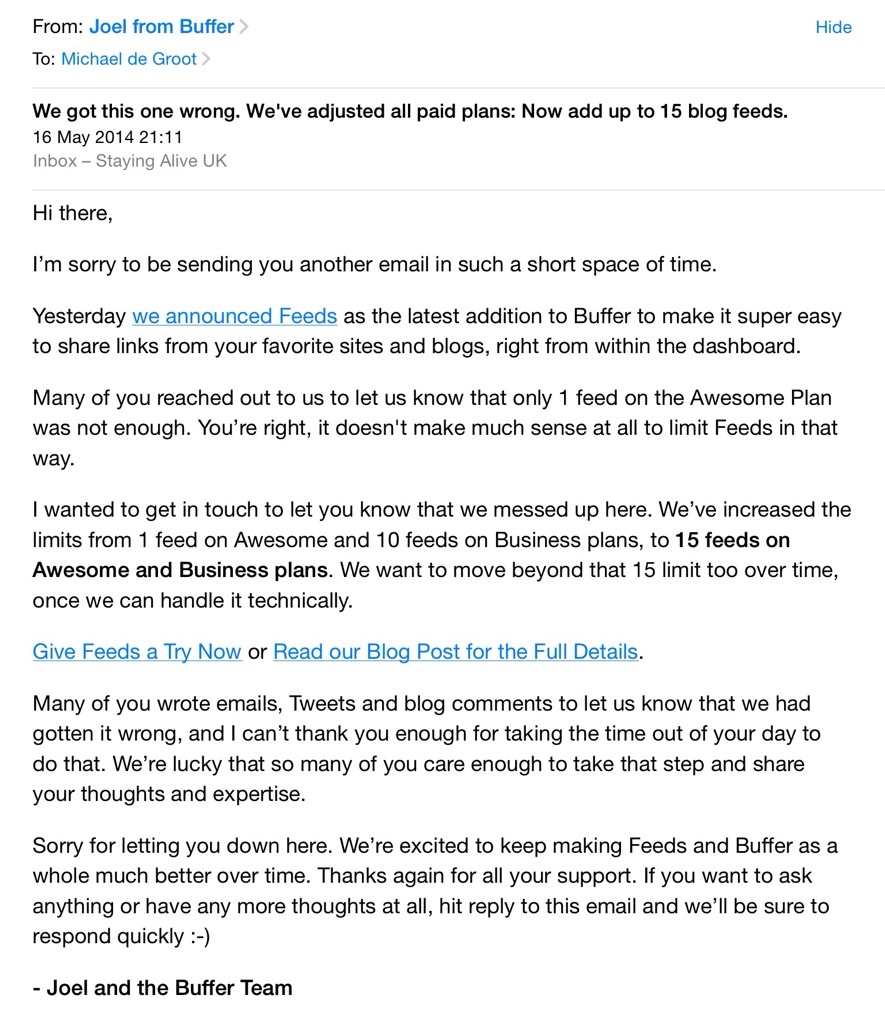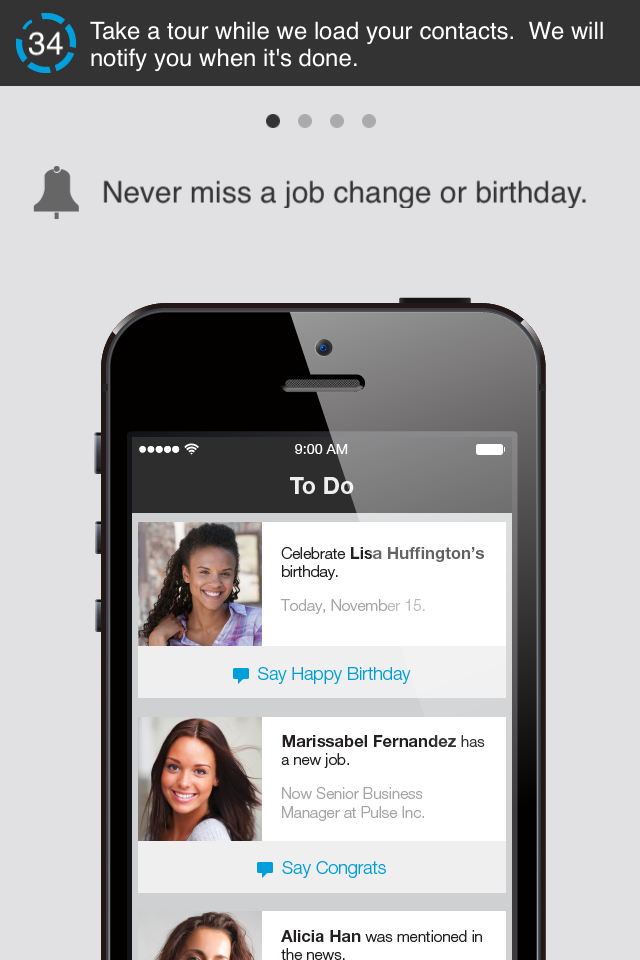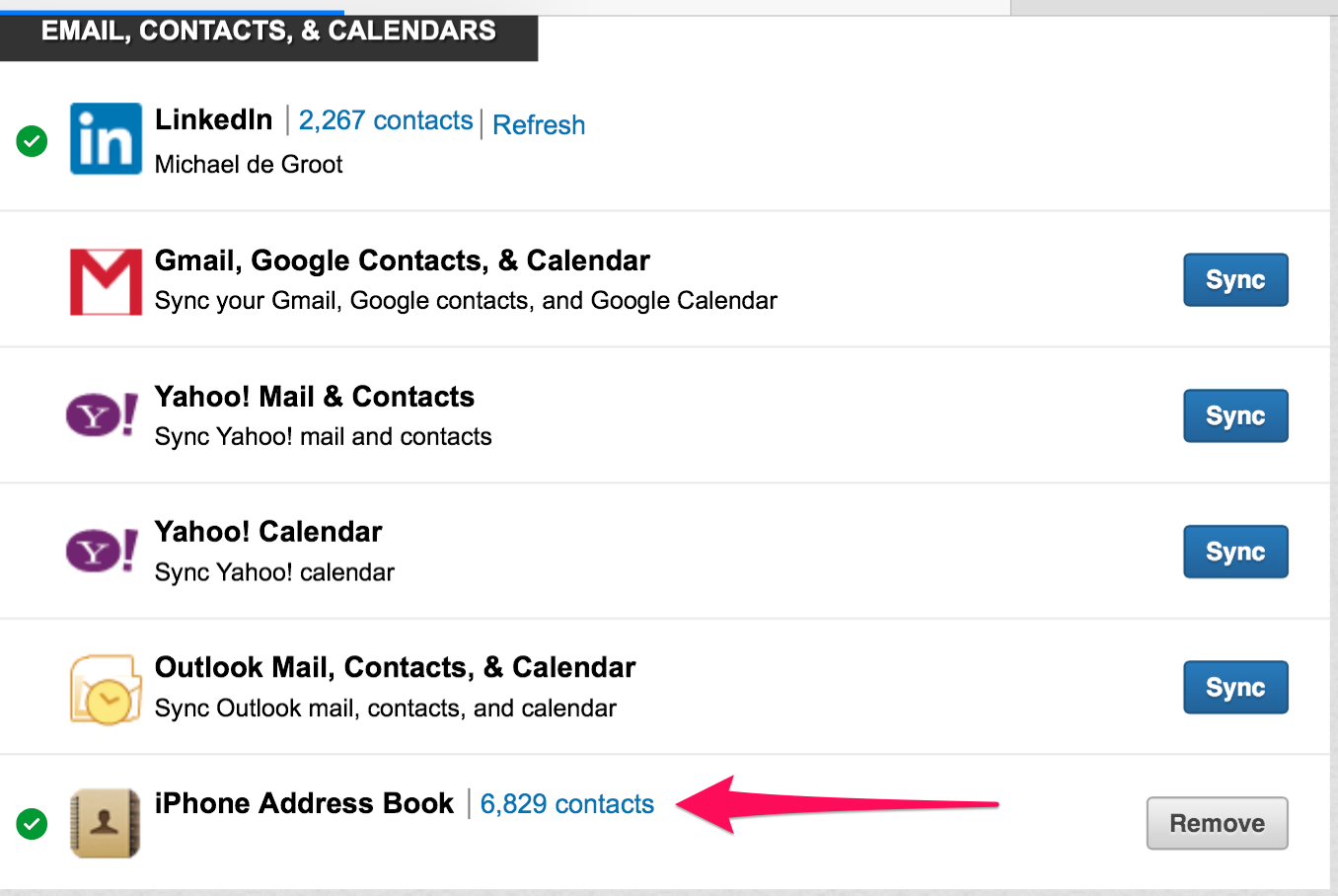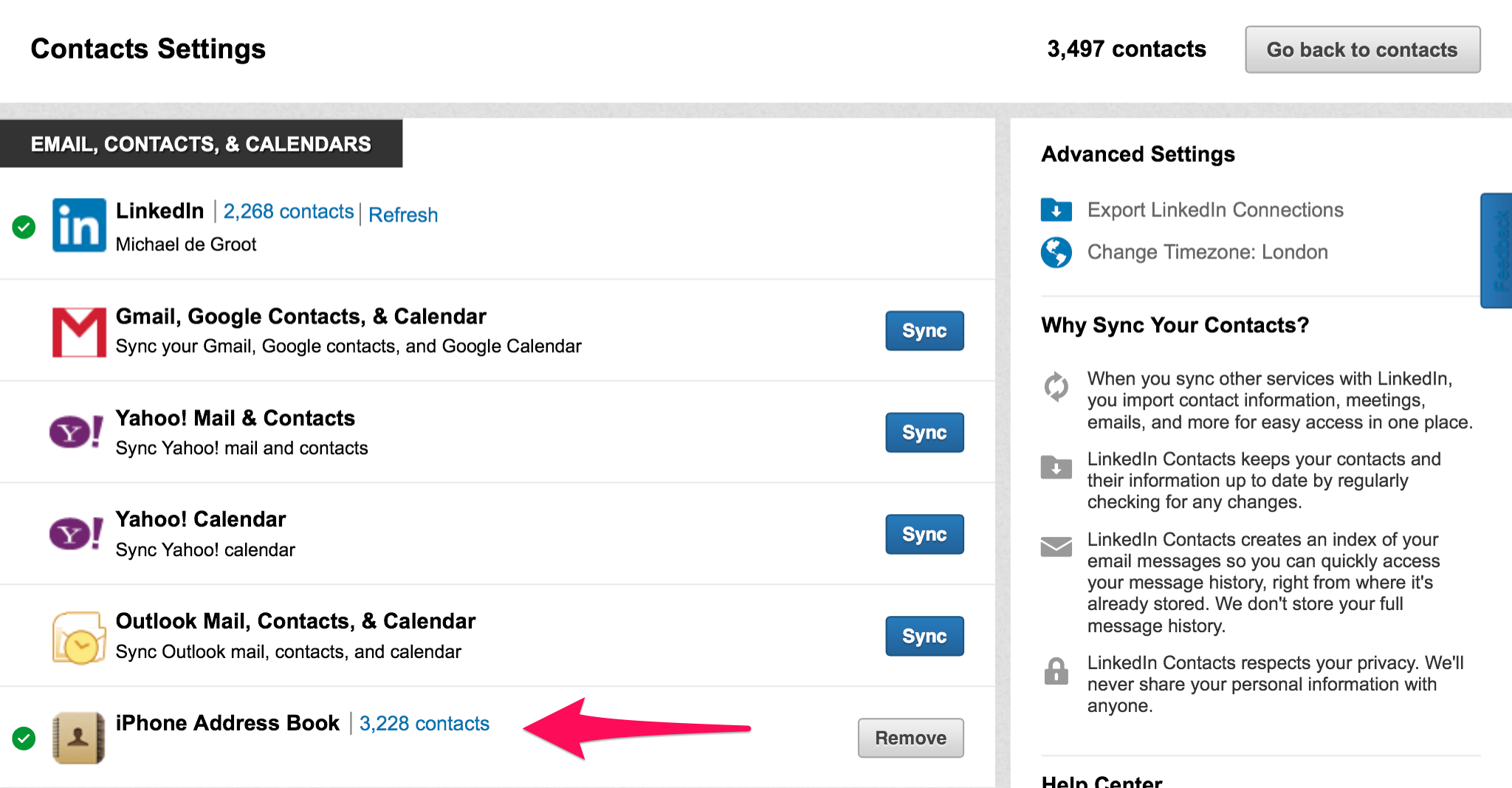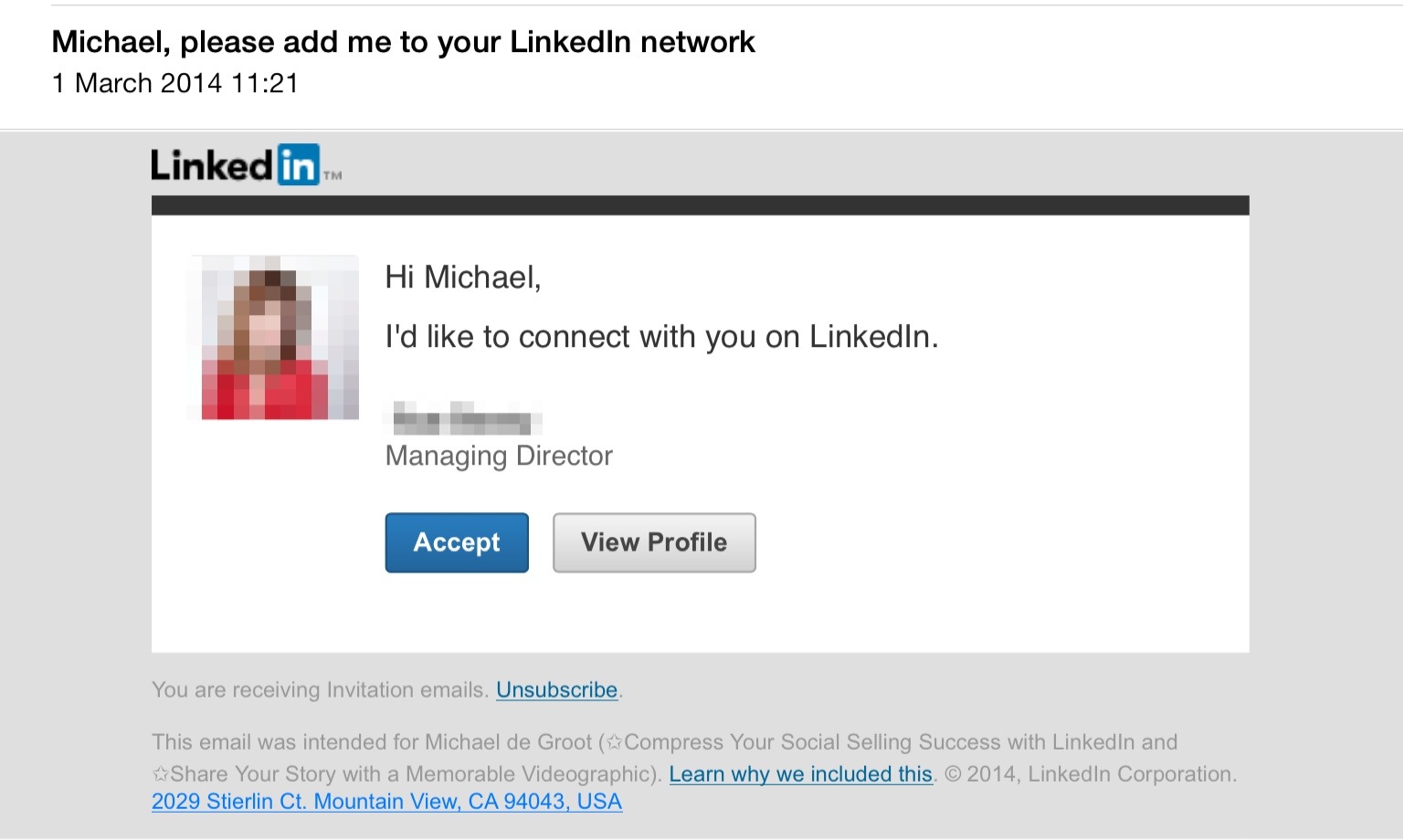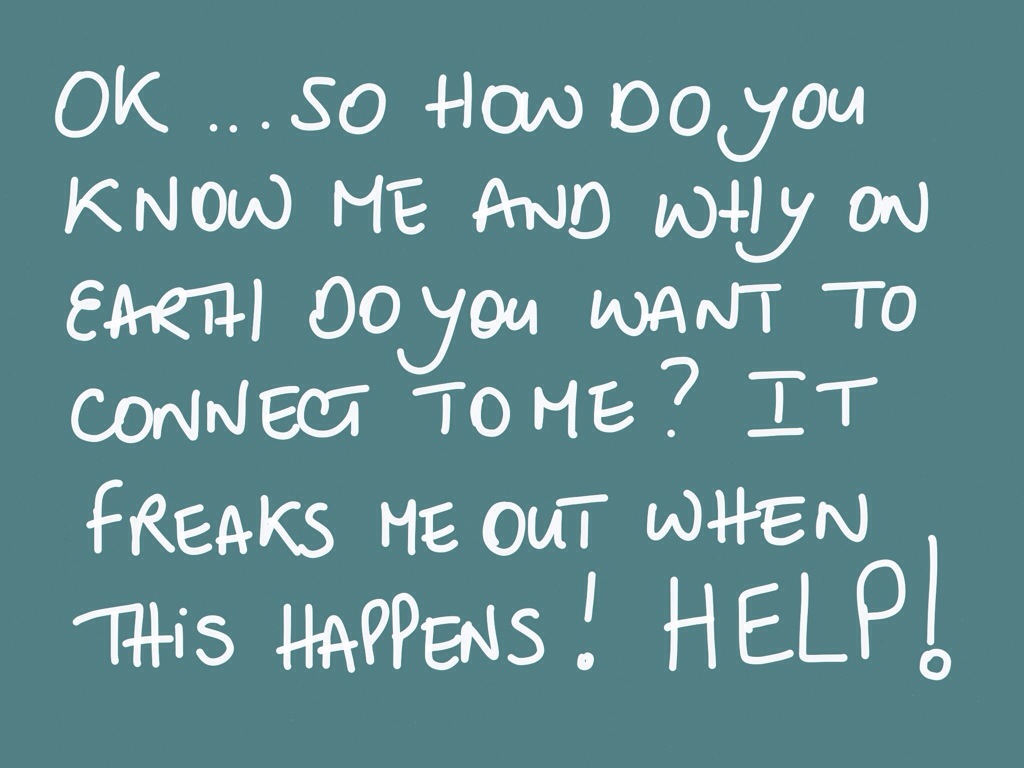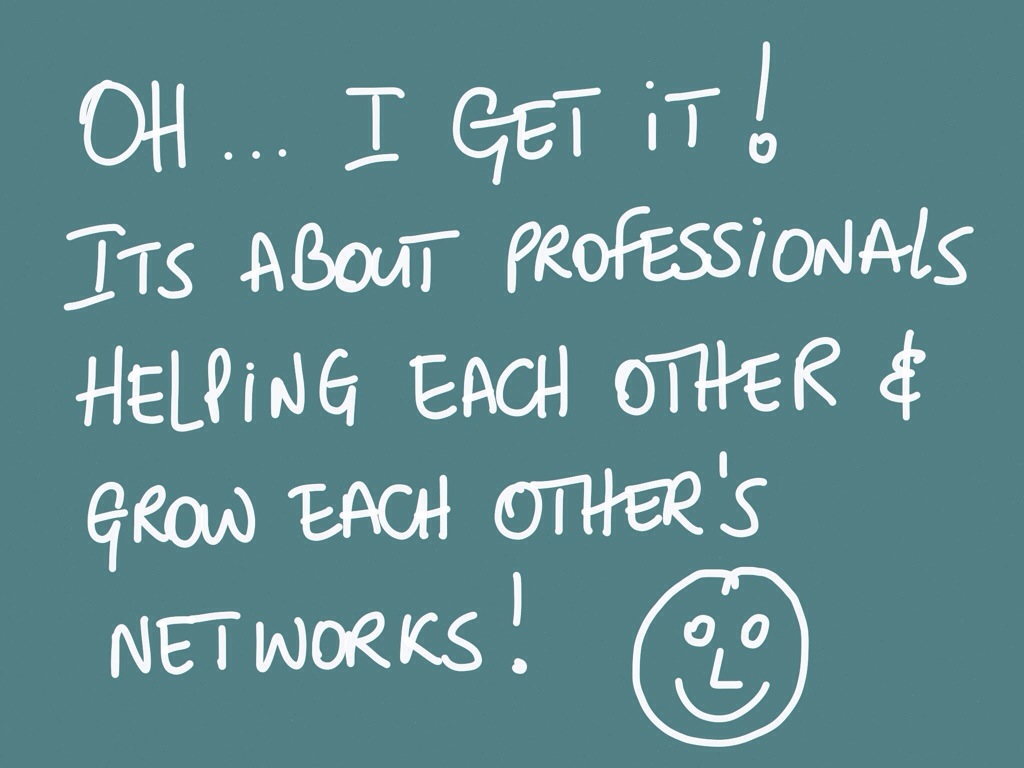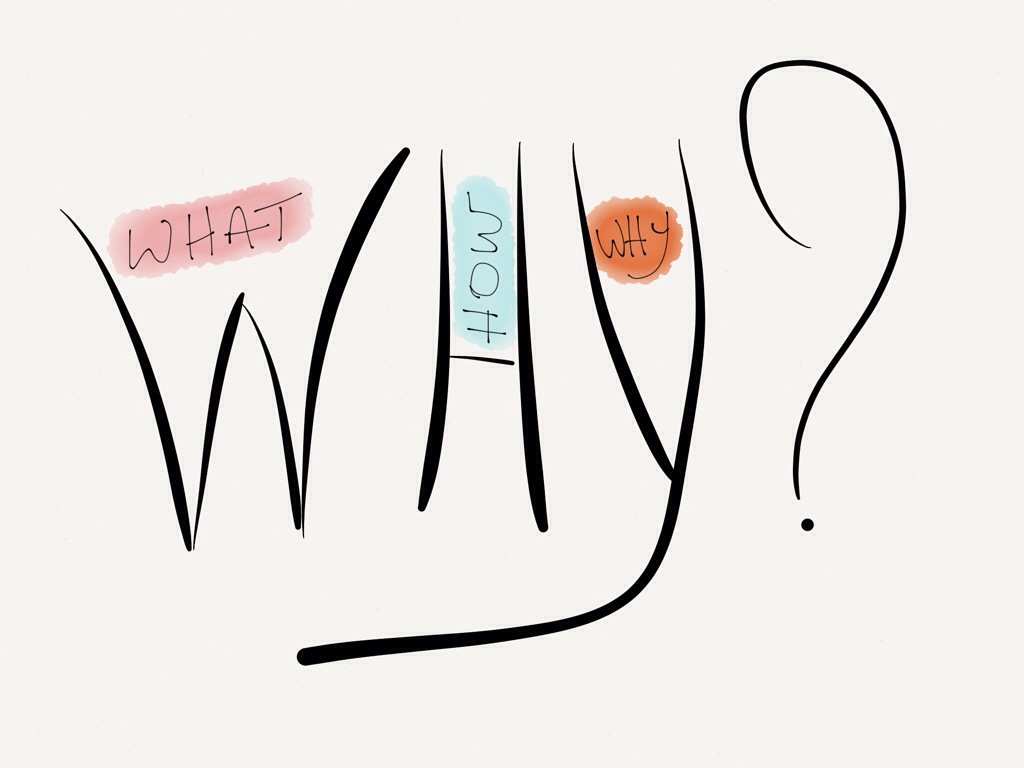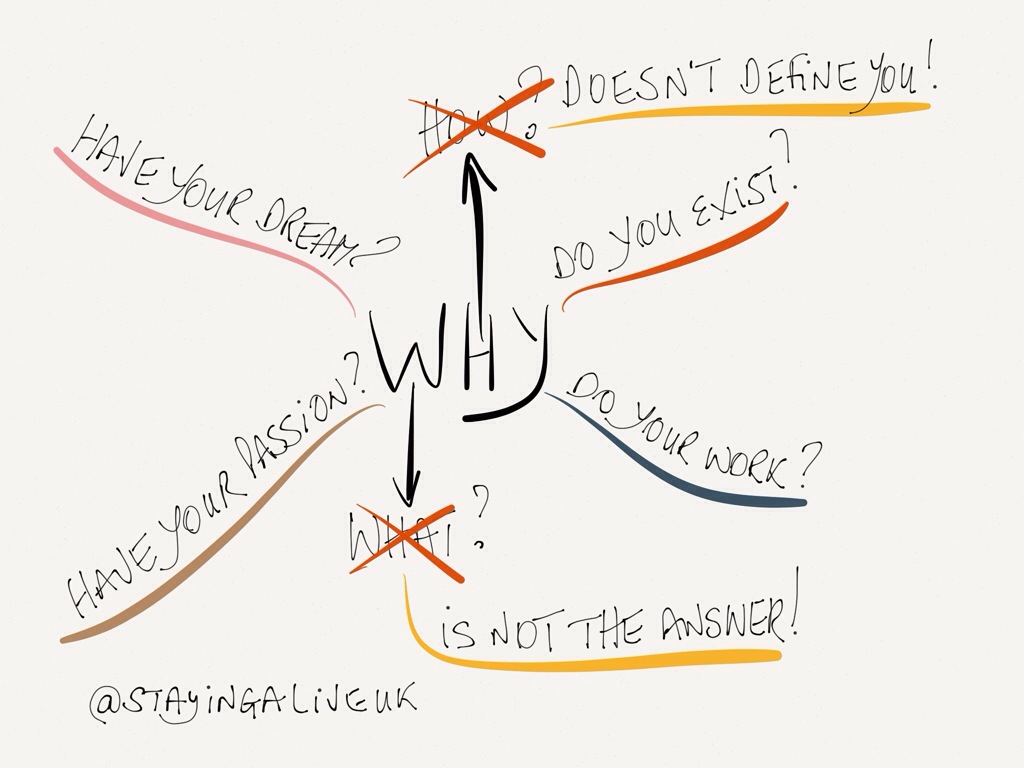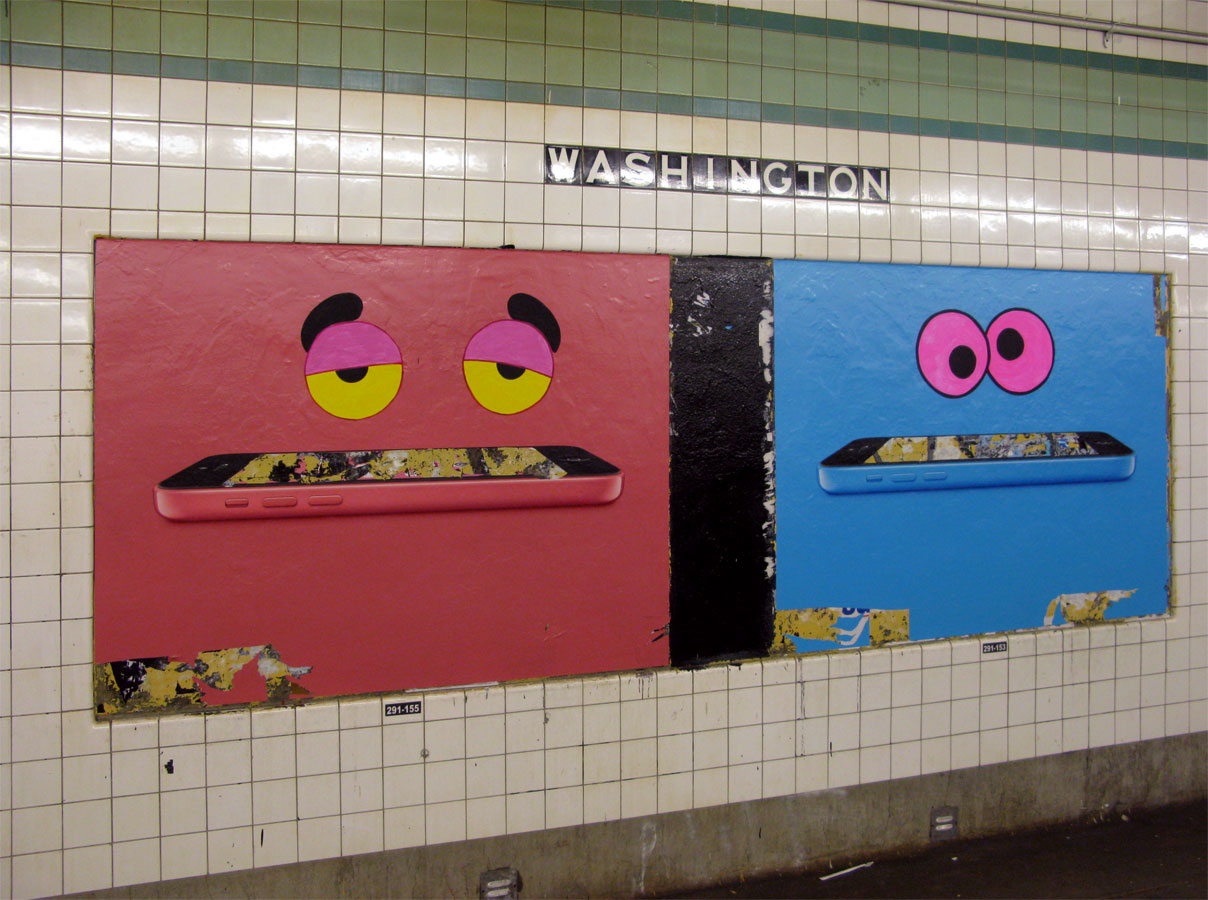via @LinkedIn & @gapingvoid
With everything that's being thrown at us how are you truly differentiating yourself to ensure that your prospects, clients and readers (let's call them ‘engagers’) do actually wish to ‘engage’ with you?
We're all witnessing an amazing revolution in media. With media, I'm suggesting everything from the Press, TV, Entertainment, Online Video, Online Learning, Blogs, through to Social Media and beyond.
There has never been a more important time to truly understand how and where your future audience will be engaging with content.
To start with, the producers of content are usually the ones that are engaging with it in the first place. That means you as a producer are always researching where the most engagement will take place with your content. By researching it, you will be engaging wit the content there. For example if you decided that you want to use Medium to post your blogs, you start producing content for that media channel and it's inevitable that you will be engaging with other content whilst you are opening an account and doing your research.
I call this ‘Empty Engagement’. Content producers looking at content produced by other content producers don't really engage with that content as such. They are just scanning it, to learn from and how they can best borrow the ideas and concepts for their own content production.
In addition platforms have created clever bots that suggest what content producers you should be following, they may even auto follow categories and as a consequence the authors too. Clever stuff and ‘empty’.
Nowadays your process for obtaining engagement means you have to get close up and personal. This means reaching out in a personal way to your audience and engaging with them one person at a time.
I've been noticing how @buffer do this really really well. For the past 2 weeks, I jumped on their weekly #bufferchat. There I noticed that they respond to specific tweets by the contributors. Not just liking or retweeting, they do actually mention the individuals and respond very directly to their answers to the questions in the chat.
Pretty impressive actually. It confirmed for me that this personal touch and direct communication, one to one is truly the only way to get engagement growing with your audience.
I hope this gives us all something to consider, reaching out to specific audiences and grow engagement on a very personal level, one ‘engager’ at a time.
I would love to hear what's working for you with growing engagement. Thank you so much.
LinkedIn created a brilliant eBook with my favourite illustrator. @gapingvoid (Hugh Macleod) creates the most amazing messages through his illustrations. Read more about him and @gapingvoid here: http://www.gapingvoid.com/blog/team-members/hugh-macleod/
Regularly I will share one of the articles and illustrations from the eBook and give you my opinion, interpretation, insight and meaning of the words and illustrations.
#contentmarketing #content #socialmedia #engagement #marketing #socialselling

















